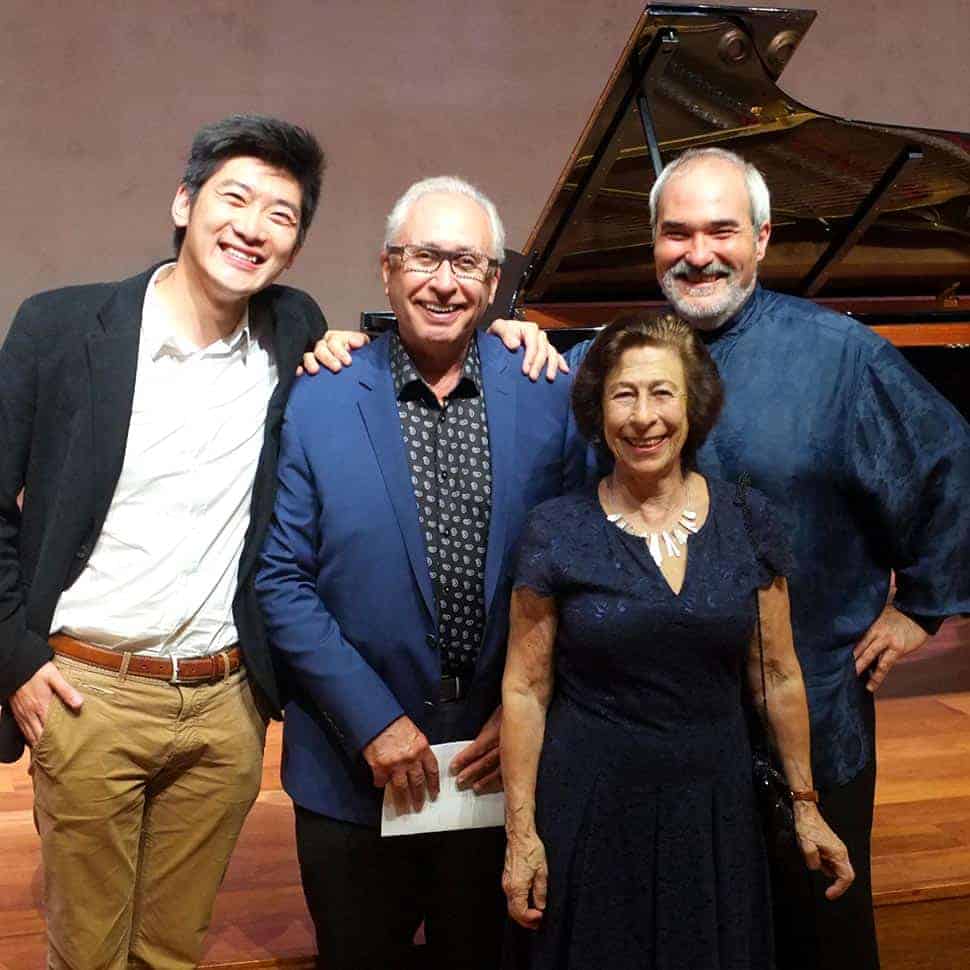Question:
Submitted by Italo, The University of Queensland, Australia
How you know what vocabulary should be taught when designing your textbooks. How do you decide which words are appropriate for some levels and which aren’t?
Dr. Richards responds:
Textbooks writers usually consult any of a number of word lists that group words according to level and frequency. (Paul Nation’s vocabulary level’s test is a useful reference here). Increasingly reference is also made to corpus studies of word frequency.
In discussing knowledge of words, an important distinction is usually made between a person’s active, or productive, vocabulary and their passive, or receptive, vocabulary, since our passive vocabulary is generally much larger than our active vocabulary. In spoken English, for example, native speakers may use a relatively small number of words in daily conversation – as few as 1,500 different words – though they recognize far more words than they use. For passive vocabulary knowledge, researchers suggest that knowing a minimum vocabulary of 3,000 word families (which equals some 5,000 words) is required to enable a person to understand a high percentage of words on an average page of a text, and that 5,000 word families (some 8,000 words) is required to be able to read for pleasure. Twice as many words may be needed to read first-year university materials. It is also important to distinguish between knowledge of content words (those that carry the main meaning of sentences, such as nouns, main verbs, adverbs, adjectives and question words, e.g. why, when, what), demonstratives (this, that, these, those) and function words (those that express grammatical relationships, such as articles, prepositions, auxiliaries, pronouns, conjunctions and relative pronouns). There is a small, finite list of function words in English, but a very large set of content words. When people expand their vocabulary knowledge, they add to their knowledge of content words.
O’Keeffe et al. (2007: 37–47) suggest that based on their research on the frequency of items in spoken English, a basic or core spoken English vocabulary for second language learners contains several different categories of words:
- Modal items: These describe degrees of certainty or necessity and include modal verbs, such as can, must, should, may, etc.; lexical modals, such as look, seem, sound; and adverbs, such as probably, definitely and apparently.
- Delexical verbs: These are words with little lexical content but high frequency, such as do, make, take, get, and their collocations with nouns, prepositional phrases and particles.
- Stance words: These communicate the speaker’s attitude towards something and include words such as just, whatever, actually, really, basically, clearly, honestly and
- Discourse markers: These are words that are used to organize talk and monitor its
progress, such as you know, I mean, right, well, good and
- Basic nouns: These are nouns referring to common activities, events, situations, places and people, such as person, problem, trouble, birthday; days of the week; family members; and colours.
- General deictics: These are words that relate the speaker to the world in terms of time and space, such as here, there, now, then and
- Basic adjectives: These are words that communicate everyday positive and negative evaluations of situations, people, events and things, such as lovely, nice, horrible, brilliant, terrible and
- Basic adverbs: These are adverbs of high frequency referring to time, frequency and habituality, such as today, tomorrow, always, usually, suddenly and
- Basic verbs for actions and events: These are verbs describing everyday activities, such as give, leave, feel, put and
- Some of these types of words are not found in vocabulary lists for ESL/ELT learners because such lists have often been based on frequency counts of written language, rather than spoken English
Beyond the core vocabulary, O’Keeffe et al. (2007: 48–9) suggest the following targets for vocabulary learning:
A receptive vocabulary of some 5,000 to 6,000 words would appear to be a good threshold at which to consider learners at the top of the intermediate level and ready to take on an advanced programme. Such a programme would ideally have the following aims:
- To increase the receptive vocabulary size to enable comprehension targets above 90% (e.g. up to 95%) for typical texts to be reached.
- To expose the learner to a range of vocabulary at frequency levels beyond the first 5,000– 6,000 word band, but which is not so rare or obscure as to be of little practical use.
- To inculcate the kinds of knowledge required for using words at this level, given their often highly specific lexical meanings and connotations.
- To train awareness, skills and strategies that will help the learner become an independent vocabulary learner, and one who can continue the task for as long as he or she desires.
For further information see the chapter on vocabulary in my book Key Issues In Language Teaching (Cambridge University Press 2015) and also:
- Nation, I. S. P. (2001) Learning Vocabulary in a Second Language, Cambridge: Cambridge University Press.
- O’Keeffe, A., McCarthy, M. and Carter, R. (2007) From Corpus to Classroom, Cambridge: Cambridge University Press

